
 10 Tips for Supporting Student Mental Heath NeedsMany students today are struggling with mental health challenges that impact their participation in learning. Here are some specific strategies and visuals to support mental health wellness for students. | 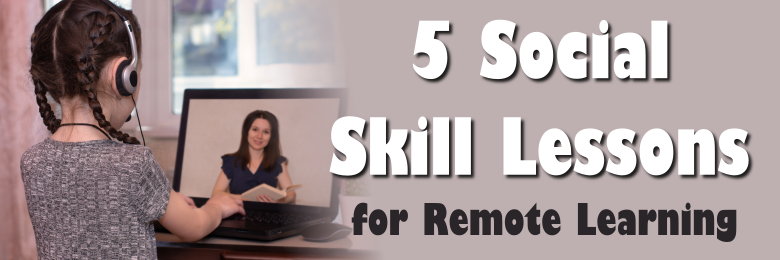 5 Social Skill Lessons for use in Remote LearningAdapting to Remote Learning, Distance Learning, or Telepractice has been quite a challenge! Using the LessonPix PowerPoint Download and Add-In features, we created lesson activities to teach social skills online. (FYI: You can also use these ideas in Google Slides with the new LessonPix Play Tools.) | 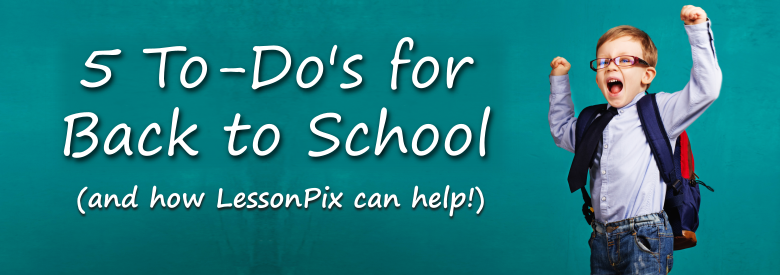 5 TO-DOs for Back To SchoolThere are 5 things that every teacher or SLP must do to prepare for back-to school; and LessonPix can make it easy and great! |
 5 To-Do's for Distance LearningHere are 5 things that can do to prepare for back-to school, "distance learning style". And, LessonPix can make it easy and great! |  6 Areas of Teaching Literacy Skills with LessonPixLearning to read and write is critical for independence and success in life. |  7 Effective Strategies for the General Education Classroom and How LessonPix Can HelpClassroom teachers use evidence-based interventions to ensure all students be taught to high academic standards. This article addresses 8 key components of a quality general education classroom and how LessonPix can help improve learning outcomes. |
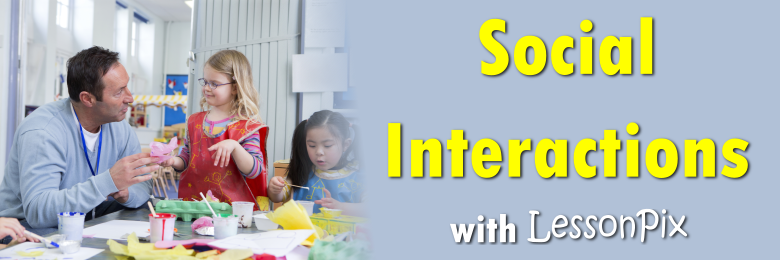 9 Ways to Promote Social Interactions with LessonPixThe Social Environment encompasses relationships and interactions between children/ teachers; teacher/ teacher; family/ school. Children need to build trusting relationships with the adults so they can be confident in their explorations and risk taking. | 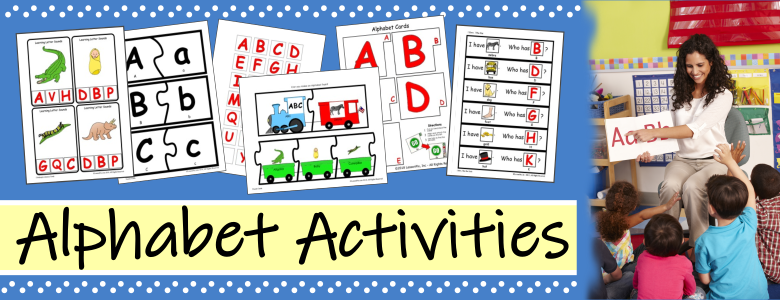 Alphabet ActivitiesLet's play with the alphabet and letters sounds! The building blocks to written language is the alphabet, and there are so many alphabet games and toys. Activities include letter names (alphabet knowledge), letter sounds (phonemic awareness), and letter forms (writing). | 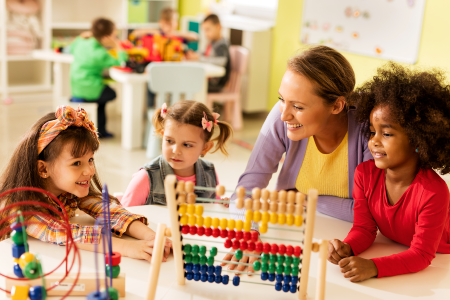 A Step Ahead: Beginning the Year with Proactive DisciplineTeachers need to begin every school year by examining the many facets of their classroom learning environment in order to take a proactive look in preventing discipline problems. |
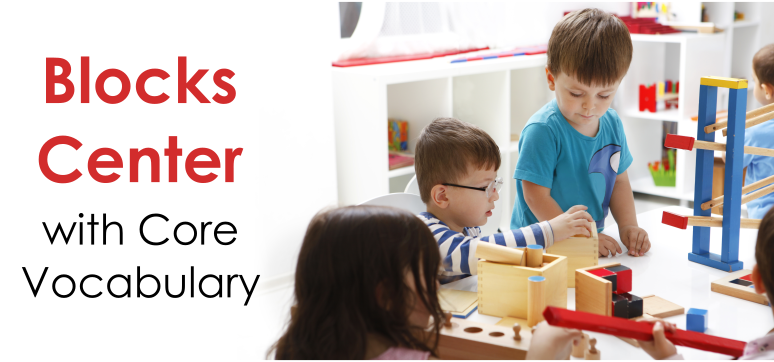 Blocks Center With CoreCore words can be integrated within a blocks center area in an early childhood classroom. | 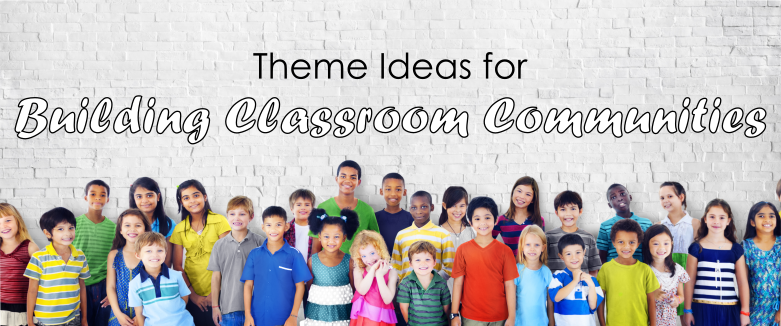 Building CommunityThe beginning of the year is a time for building a sense of community in the classroom. Here are a few theme ideas for building the classroom community. | 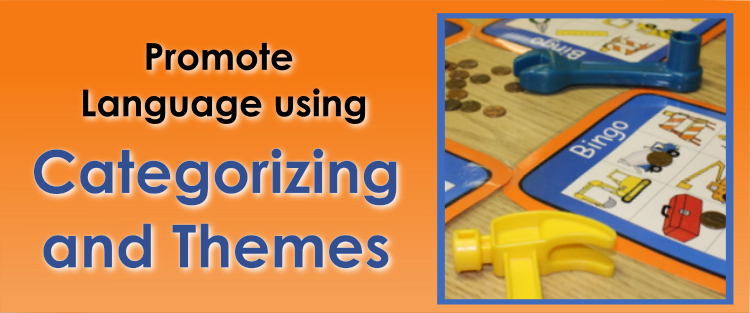 Categorizing and ThemesCreate materials using pictures from a theme or category to help promote language and acquisition of new vocabulary. |
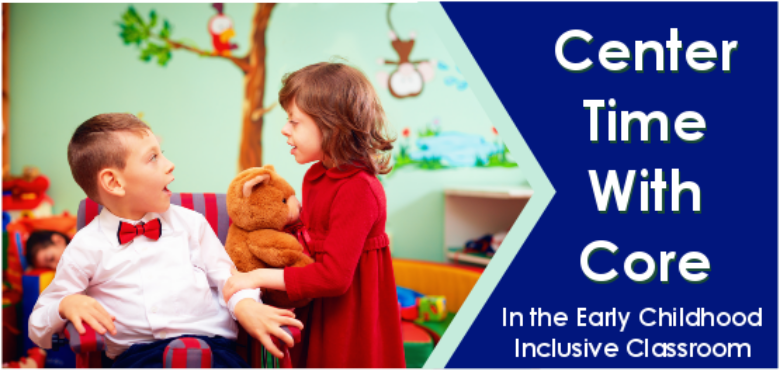 Center Time With CoreCenter time is a rich learning time where children explore and practice. Here are ways to embed core in common learning centers. | 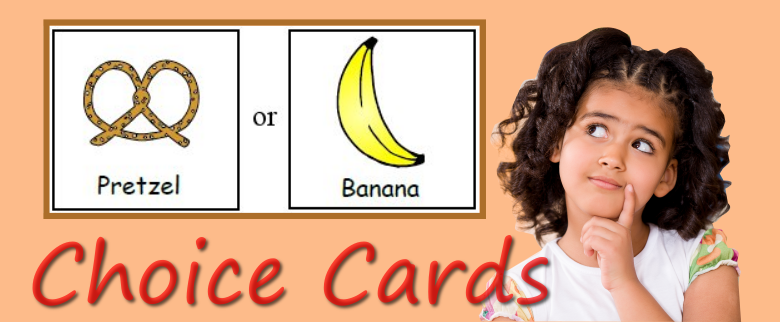 Choice CardsChildren can feel empowered when given choices throughout their day. Choice cards are picture cards used to offer a choice between 2 or more items. These cards can be used with young children or children with special needs, such as autism or communication delays. | 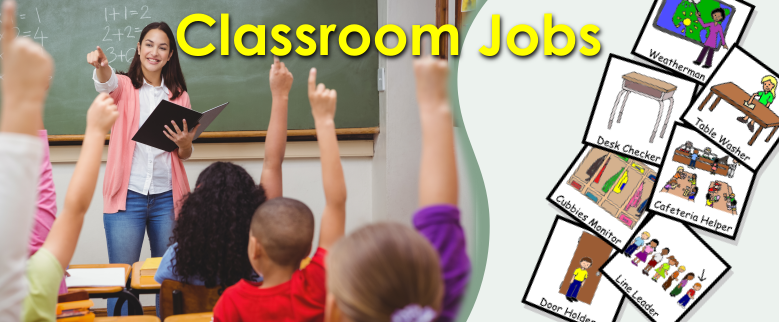 Classroom JobsThere are many jobs students can do to take responsibility for their classroom. |
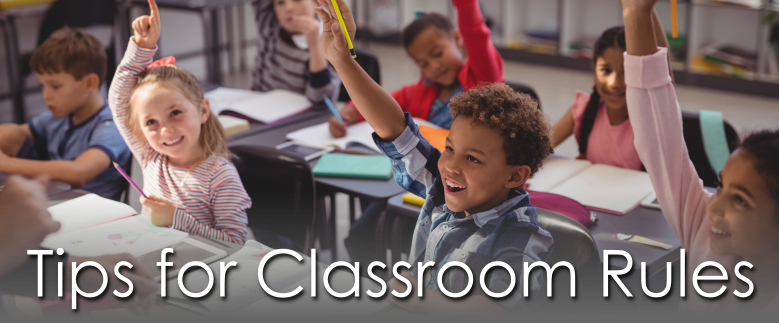 Classroom RulesAt the beginning of the year, most teachers discuss and brainstorm a list of classroom rules and compile them into a set of 4-6 rules to display in the classroom. There are some important points to keep in mind as you and your class work through this beginning of the year ritual. |  Community Helpers Thematic UnitCommunity helpers is a common theme for early childhood classrooms. As students share and learn about themselves and their classmates, they expand to look at their school neighborhood and the helpers who work nearby. LessonPix provides a wealth of resources in our Sharing Center for this fun unit. |  CoreResources and information about core vocabulary. |
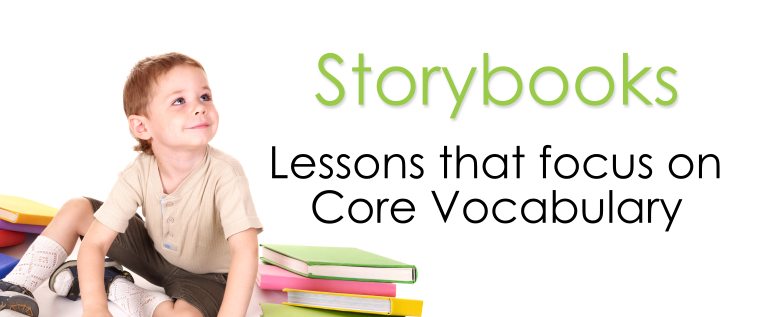 Core Vocabulary StorybooksIdeas of how to use storybooks to teach Core Vocabulary. |  Creating the UDL Early Childhood Classroom: Part 1 The Physical EnvironmentThe basis of every early childhood program is the learning environment; the physical, social-emotional, and temporal spaces where children will interact, grow and develop. This article will explore how the physical environment supports every child’s ability to learn. |  Creating the UDL Early Childhood Classroom: Part 2 The Social-Emotional EnvironmentThe basis of every early childhood program is the learning environment; the physical, social-emotional, and temporal spaces where children will interact, grow and develop. This article will explore how the social-emotional environment supports every child’s ability to learn. |
 Creating the UDL Early Childhood Classroom: Part 3 The Temporal EnvironmentThe basis of every early childhood program is the learning environment; the physical, social-emotional, and temporal spaces where children will interact, grow and develop. This article will explore how the temporal environment supports every child’s ability to learn. | 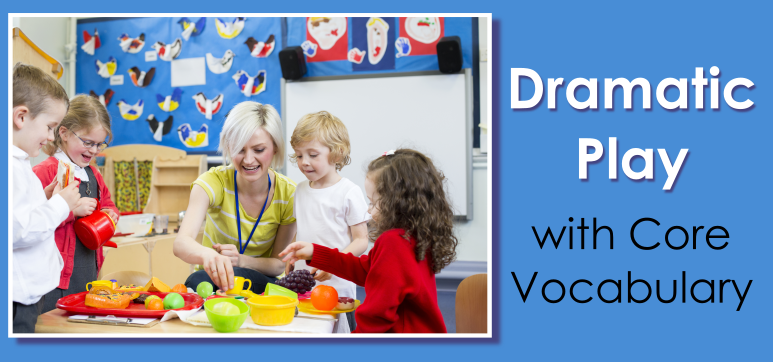 Dramatic Play With Core VocabularyThere are many fun ways to model core communication in the Dramatic Play Center within the Early Childhood Inclusive Classroom. | 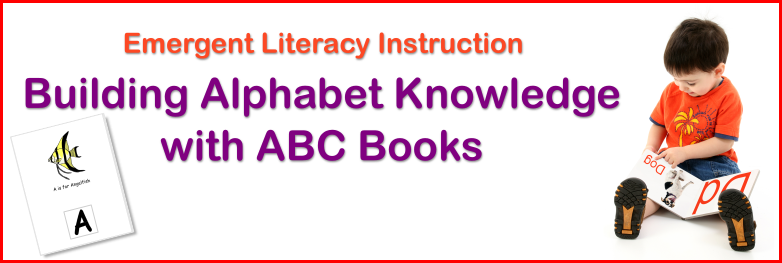 Emergent Literacy Instruction: Building Alphabet Knowledge with ABC BooksAlphabet books are a simple yet powerful way to build alphabet knowledge. Choose alphabet books with different themes to engage learners with varied interests. |
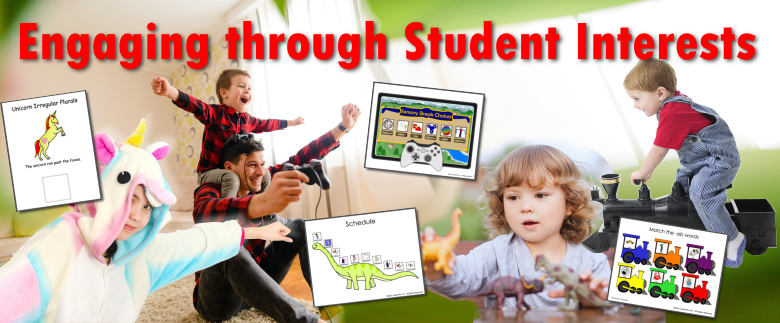 Engaging with Student InterestsPairing students' interest with learning and behavior goals makes learning fun and improves student outcomes. LessonPix offers themed templates to customize learning for individual interests and needs. | 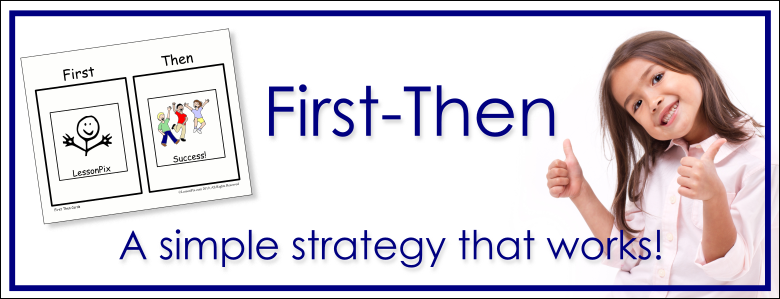 First Then BoardsFirst Then Boards are used in a visual strategy to help children learn new skills, manage challenging behaviors, or follow a simple schedule. | 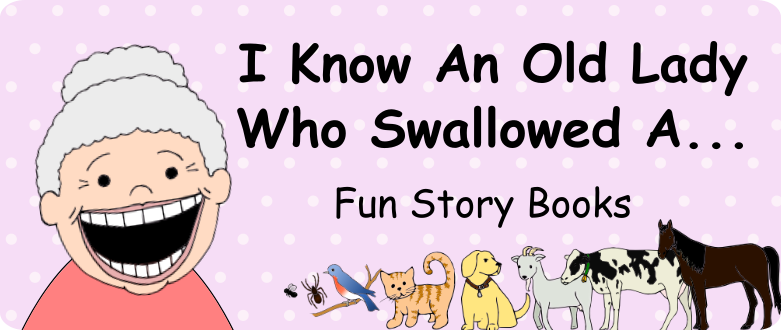 I Know an Old Lady...Books and ideas based on the stories and songs of I Know an Old Lady Who Swallowed a.... |
 It All Begins With Core VocabularyThis overview of core vocabulary provides many resources for instruction with core. |  Labeling the ClassroomLabeling a classroom helps expose children to a print-rich environment as well as provides organization so students know where everything belongs. | 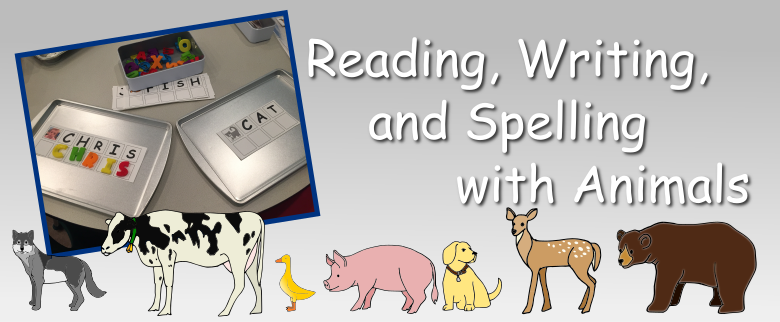 Learning with AnimalsWe love animals! This article shares fun activities to learn to read, write, and spell using simple 3 and 4 letter animals names. Ideas for learning centers and playing with sounds. |
 LessonPix to Support Students in Underrepresented GroupsEffective teachers use evidence-based interventions to ensure all students are taught to high academic standards. These interventions respond to students' social, emotional, and academic needs and advance equity within underrepresented student subgroups. |  Lesson Plan: The Mitten-Story Characters and SequenceLesson Plan for early childhood classrooms to teach characters, story sequence, and details from the story the Mitten. | 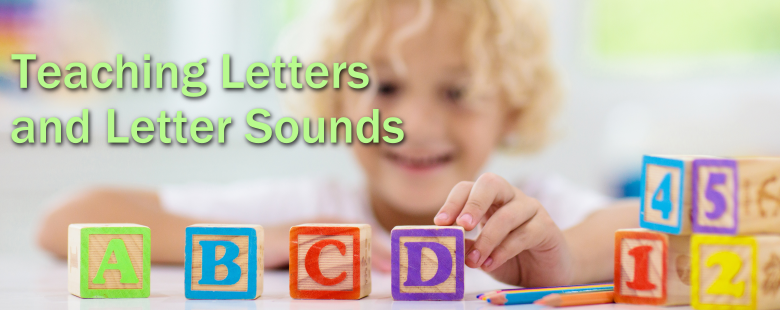 Letter and Letter SoundsIdeas for teaching "Letter of the Day" and letter sounds. |
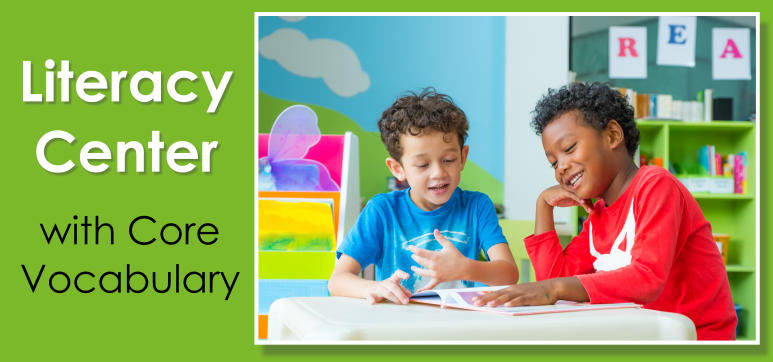 Literacy Center with Core VocabularyHere are some core vocabulary ideas for the Literacy / Language Center in an early childhood classroom. |  Literacy For All with Readtopia and LessonPixUtilize your LessonPix tools with Readtopia to support Literacy for all learners. Readtopia from Don Johnston, Inc is a comprehensive instructional program designed for educators who work with upper elementary, middle, and high school students with complex disabilities. | 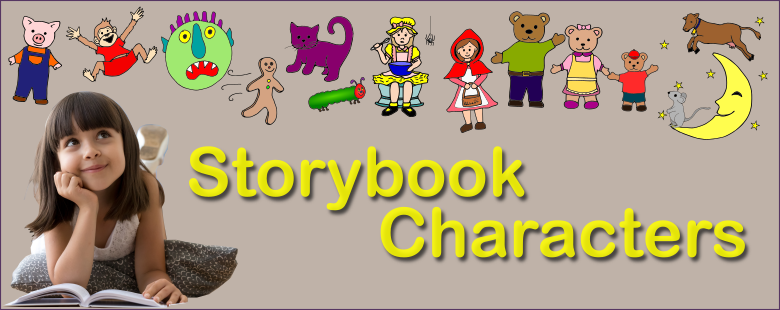 Literacy-Teaching about CharactersStudents can use LessonPix materials to identify and learn about characters. |
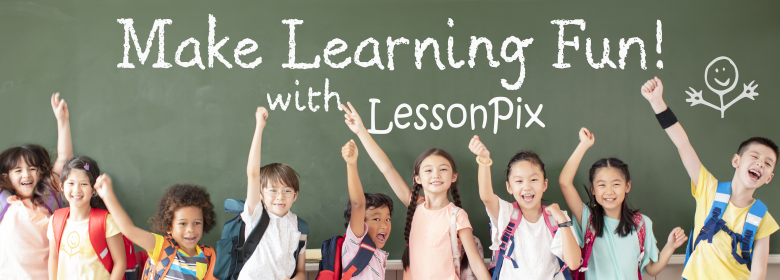 Make Learning Fun!According to research, using games in teaching can help increase student participation, foster social and emotional learning, and motivate students to take risks. | 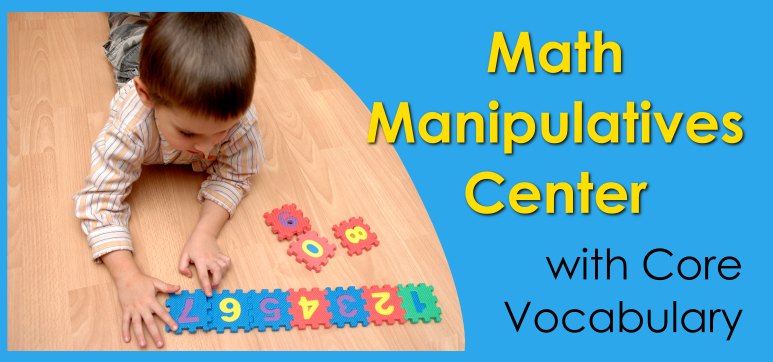 Math Center with Core VocabularyThe math center can be a great place to embed core vocabuary and promote working with peers. | 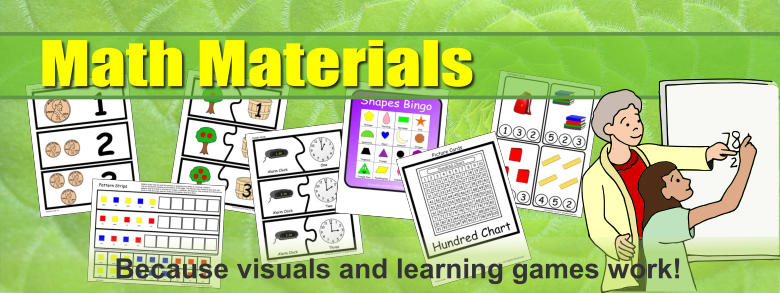 Math Materials in LessonPixVisuals and Learning games are powerful learning tools for all areas of the curriculum, and math is no exception. Here are sample visuals for Mathematics instruction. |
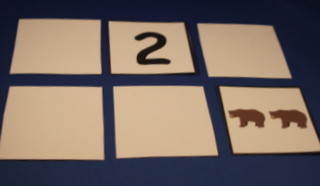 Memory Game for TeachersTeachers can create "Memory Games" to teach concepts, promote language, and make learning fun. | 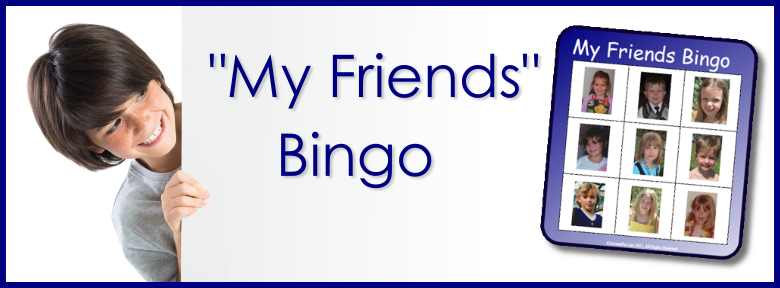 My Friends BingoLessonPix allows members to upload their own photos and clip art easily to use in their materials. | 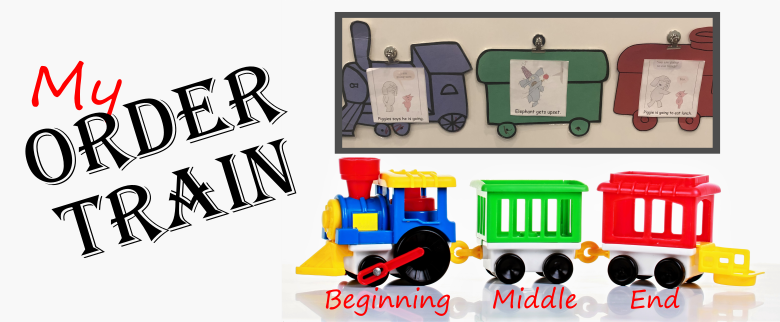 Order TrainOne of my most common curriculum visuals is my Order Train: a series of 3 mats that show beginning, middle, and end. |
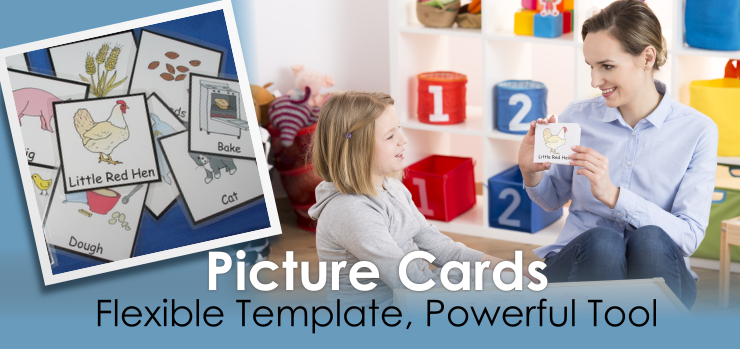 Picture Cards for CommunicationCreate standard-sized Picture Cards for communication using systems such as the Picture Exchange Communication System™ or PECS™. We offer a variety of sizes to meet your needs. | 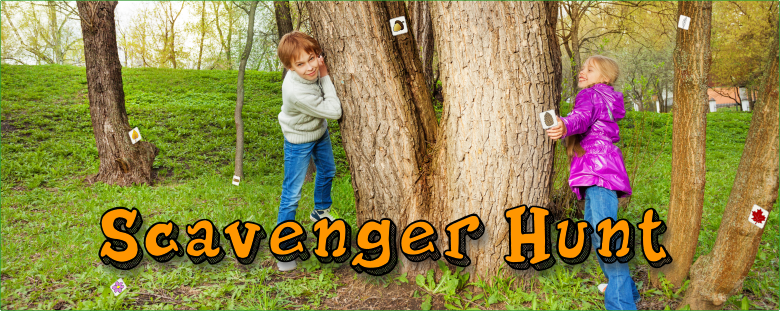 Scavenger HuntCreate a Scavenger Hunt game with LessonPix to encourage early literacy in young children. | 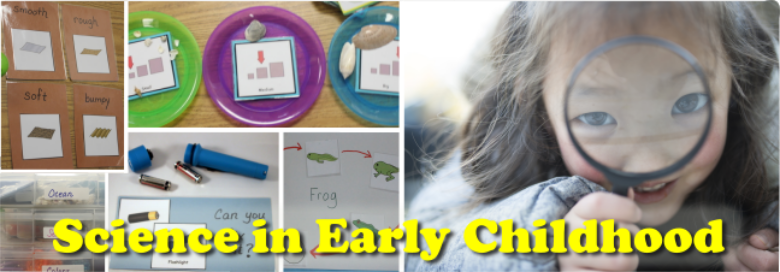 Science CenterIdeas on how to create or enhance an Early Childhood Science Center. |
 Science Center ItemsHere is a list of various items that may be included or rotated in a science center. |  Science Center with Core VocabularyThe science center provides great opportunities for questions and comments with core vocabulary. | 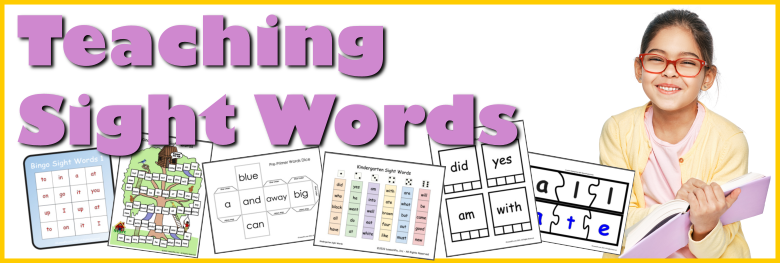 Sight Words! Activities to Build Speed and Fluency in ReadingSight words are all the words that can be read immediately, on sight, without having to use decoding strategies. This article shared activities and resources for teaching sight words to early readers. |
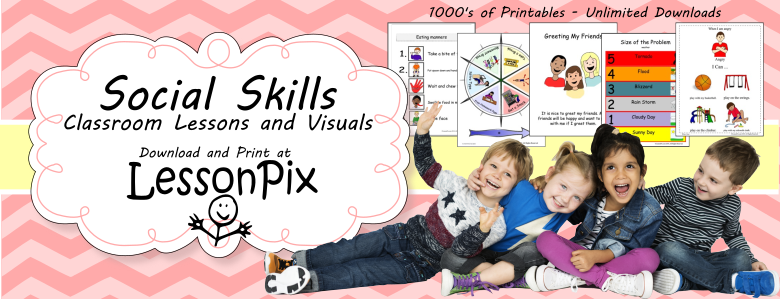 Social Skills InstructionThere are many forms of visuals supports used to teach social skills. This article shows some examples of visuals from our Sharing Center. | 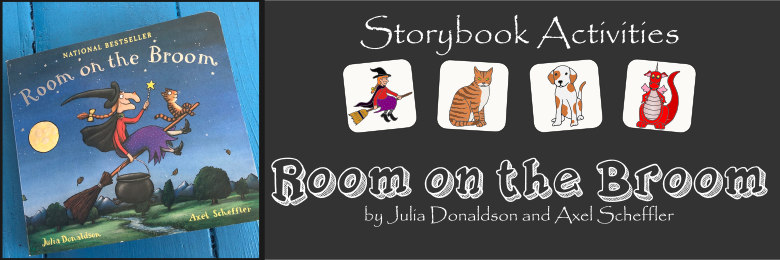 Storybook Activities: Room on the BroomPlaying with stories increases imagination, vocabulary, comprehension, and love of books! Here are some activities to play with concepts from the story Room on the Broom by Julia Donaldson and Axel Scheffler. | 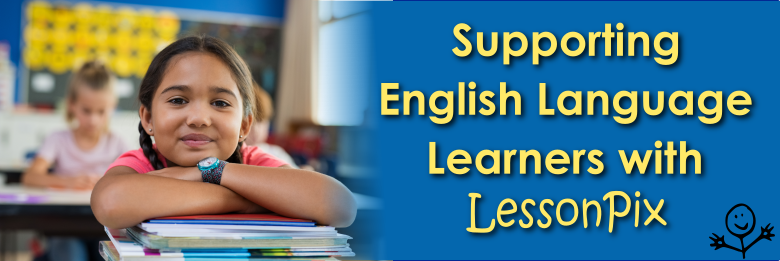 Supporting English Language Learners with LessonPixTeaching English in the classroom to students who have limited English language understanding can be challenging. Over 10 percent of students in the United States are English Language Learners (ELLs), and this number is increasing. As teachers try to respond to the needs of these students, here are a few basic best practices that might help. |
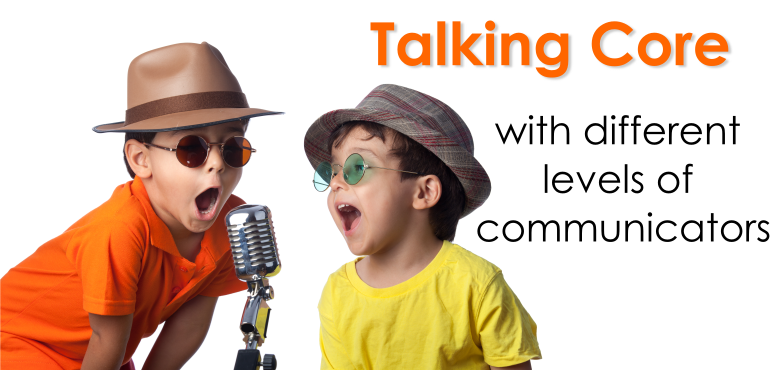 Talking Core with Different Levels of CommunicatorsTo plan for core instructions, we divide student populations of communicators into 3 categories: fluent, beginning, and emerging. | 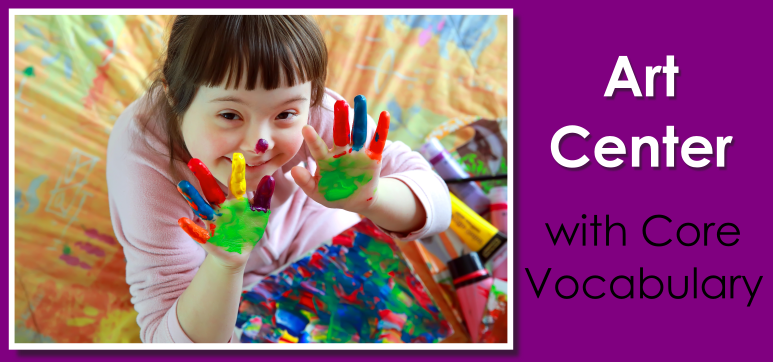 The Art Center with Core VocabularyHere are Ideas to use core vocabulary within the art center. | 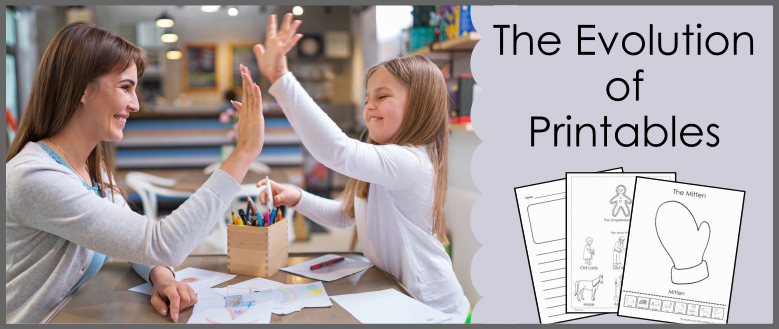 The Evolution of PrintablesAre worksheets appropriate in an early childhood classroom? A look at the evolution and appropriateness of worksheets. |
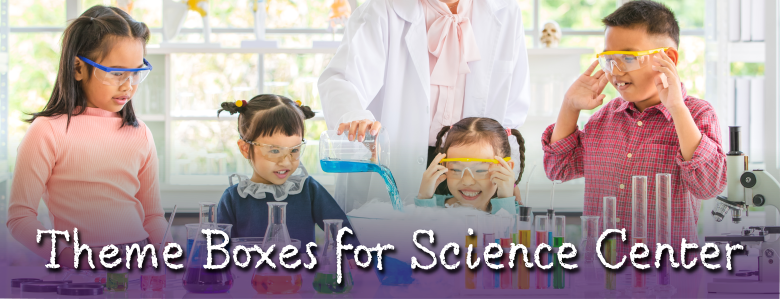 Theme Boxes for the Science CenterIdeas for Theme boxes, which can be rotated in a center to keep it fresh and motivating. | 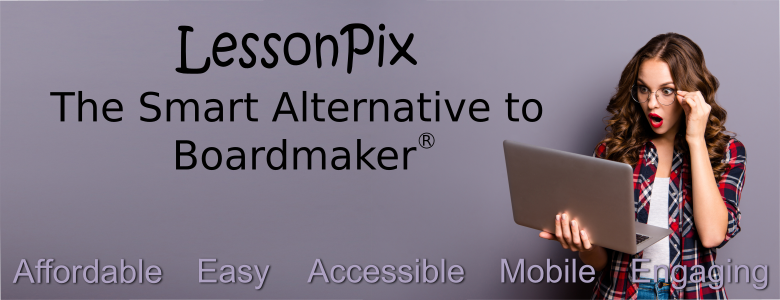 The Smart Alternative to Boardmaker® softwareYour district or practice can save thousands and will truly love LessonPix, the smart alternative to Boardmaker® software. | 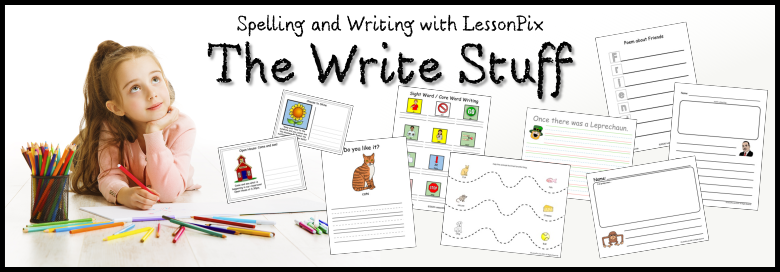 The Write Stuff: Writing and Spelling with LessonPixCreate custom writing and spelling templates with numerous choices of templates and pictures. This article shares some samples of various writing and spelling activities for young learners. |
 Using Reflective and Tell Me Questions as a Part of Shared Reading InstructionShared Reading is an evidence-based practice that focuses on the interactions between adults and learners as they read with the purpose of building language and literacy skills. | 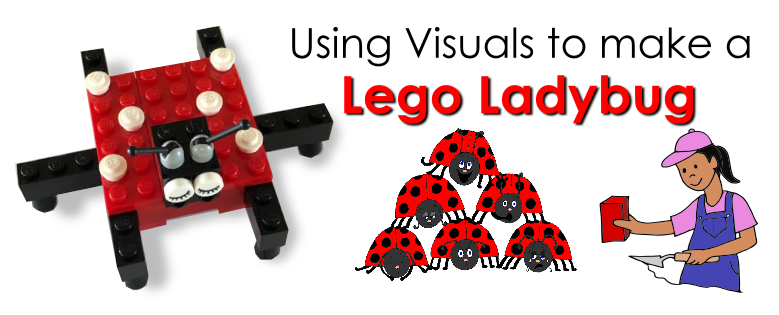 Using visuals to follow directions: My Lego LadybugUsing visuals to follow directions: building a Lego Ladybug. |  Virtual BackgroundsMaking custom virtual backgrounds is a great way to include visual supports in your remote learning. This article uses PowerPoint to create a background custom to your needs. |
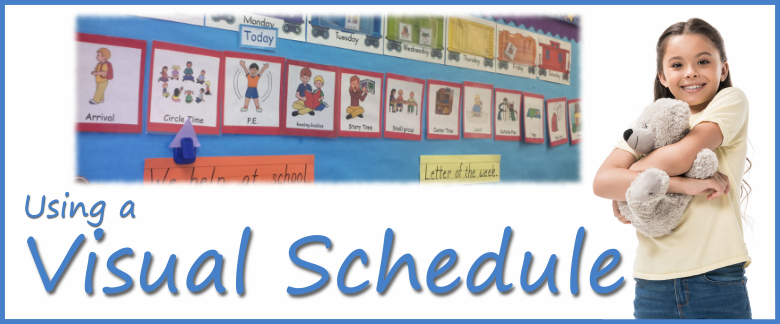 Visual SchedulesA visual schedule can help special education teachers prepare their students to be ready to learn. | 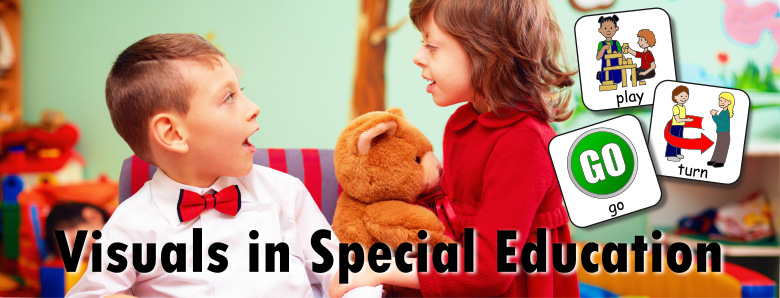 Visuals in Special EducationVisual Picture Cards are a great way to communicate expectations and reinforce learning visually. | 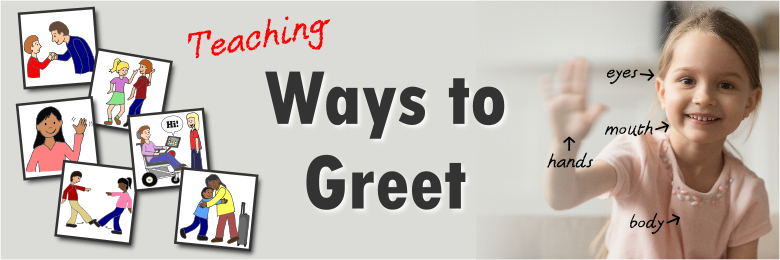 Ways to Greet OthersGreetings are an important life skill to connect with others. This article shares ideas of ways to greet and how to teach greetings. Getting kids ready to learn starts with activating their social connectedness- greet them with a warm hello and show genuine care. |
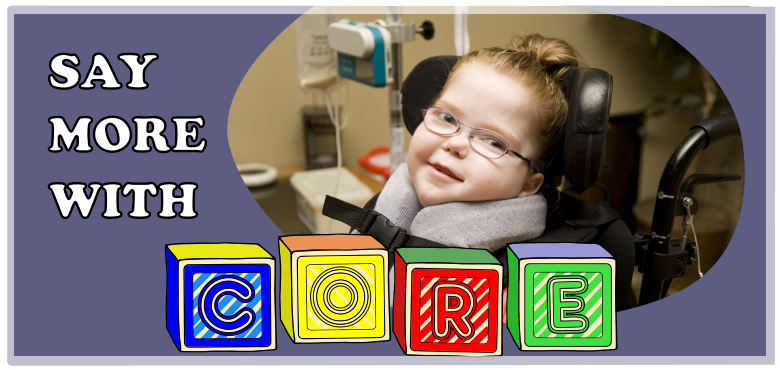 What Is Core Vocabulary?Core Vocab is a small yet powerful set of words that is the building blocks of all communication. Learn more on what is core and find resources to help promote core vocabulary instruction. | 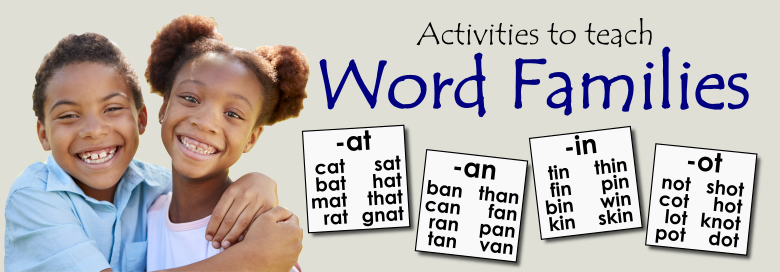 Word FamiliesWord Families are a group of words that have a common group of letters with the same sound. Playing with word families help build phonemic awareness and decoding skills for reading. | 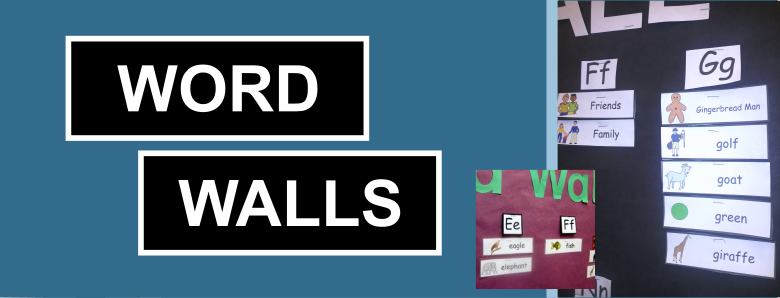 Word Walls Made EasyWord Walls are a commons tool used in many classrooms today. LessonPix has a Material called, "Picture and Word Cards" that allow you to create cards for the word wall. |
 Facebook
Facebook Twitter
Twitter Pinterest
Pinterest